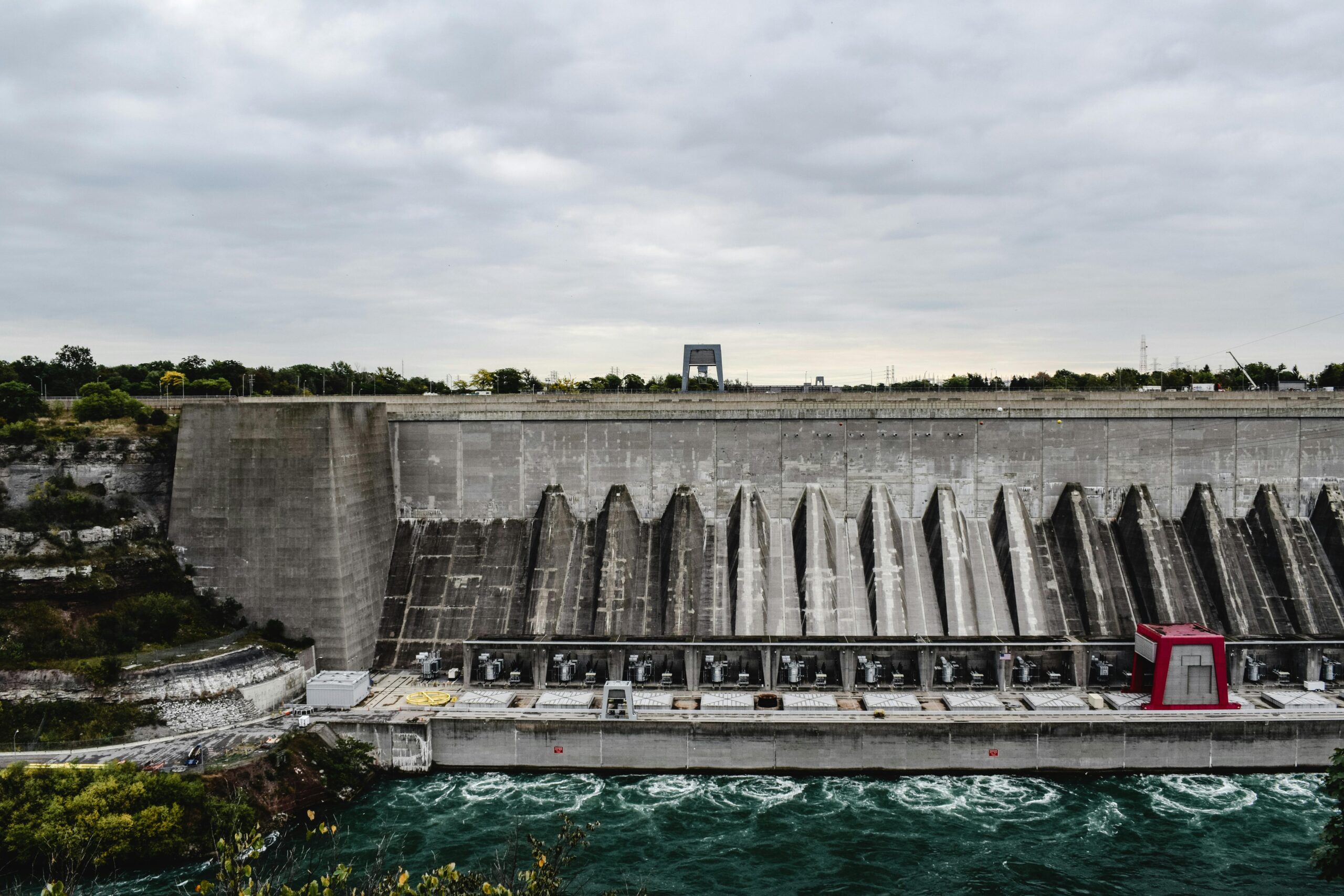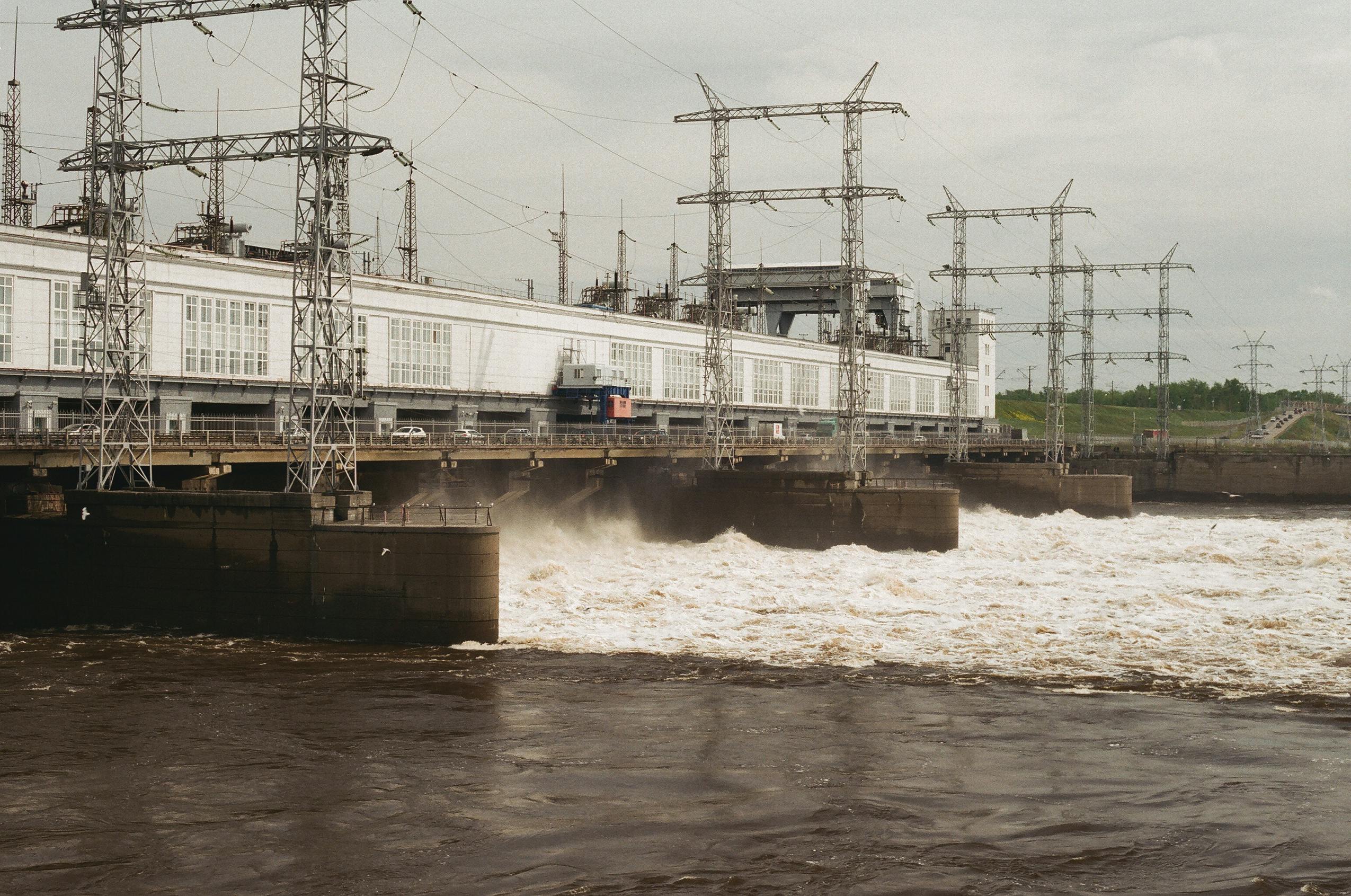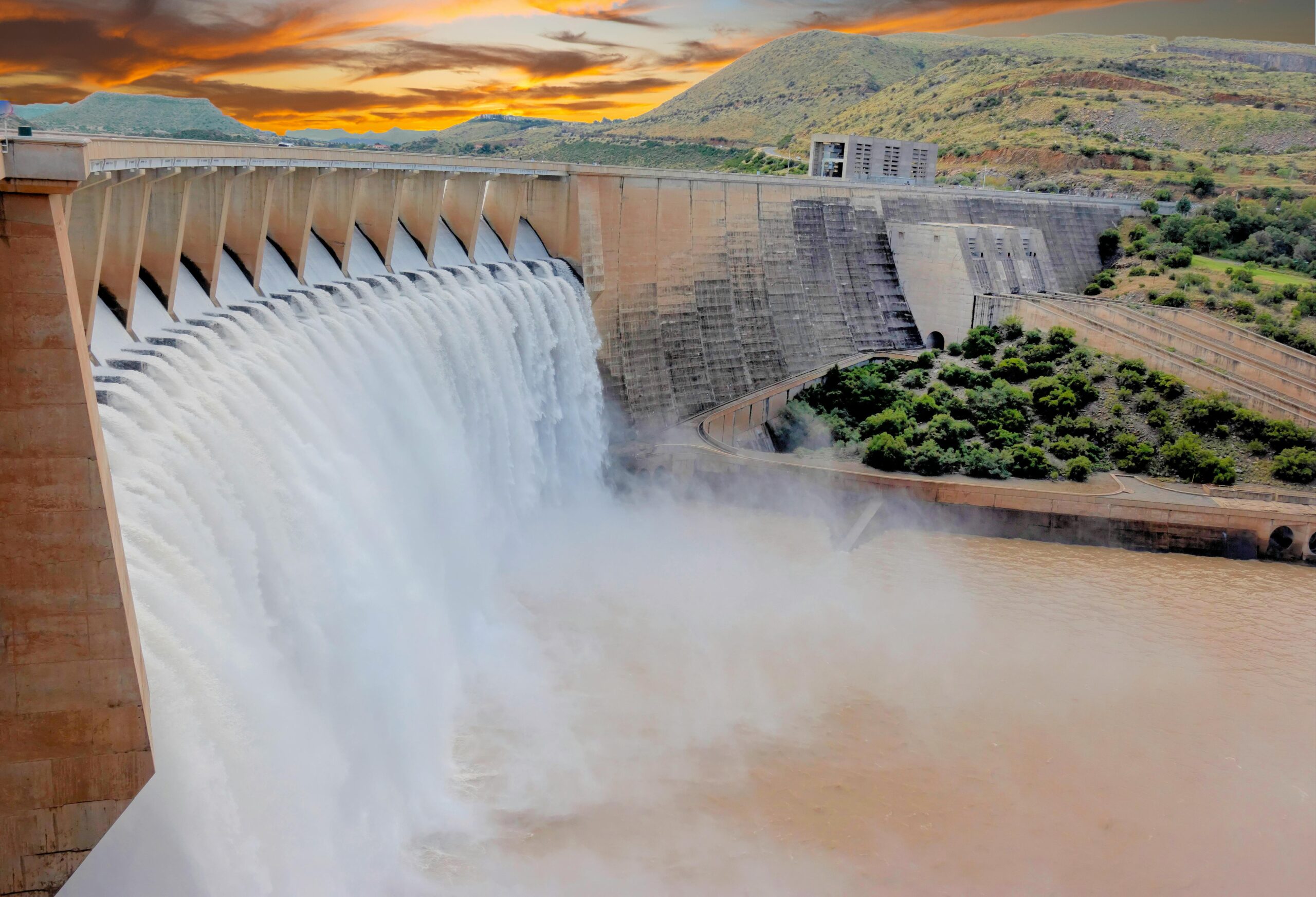Introduction
As the world grapples with the escalating impacts of climate change, the quest for sustainable and resilient energy solutions has become more critical than ever. Hydropower, one of the oldest forms of renewable energy, offers unique opportunities to mitigate the effects of climate change while enhancing energy security. This article explores how hydropower can adapt to the climate crisis, the challenges it faces, and the opportunities for fostering resilience in energy systems.
The Role of Hydropower in Climate Mitigation
Hydropower is a key player in the transition to a low-carbon energy future. By generating electricity from flowing water, it provides several benefits:
- Renewable Energy Source: Hydropower is a clean, renewable resource that significantly reduces greenhouse gas emissions compared to fossil fuels. As countries strive to meet their climate targets, expanding hydropower capacity can help decrease reliance on carbon-intensive energy sources.
- Flexible Energy Supply: Hydropower plants can quickly ramp up or down their energy output, making them an excellent complement to intermittent renewable sources like wind and solar. This flexibility helps stabilize the grid and ensures a reliable energy supply even during periods of high demand.
- Flood Control and Water Management: Many hydropower projects incorporate flood control measures, helping to protect communities from extreme weather events exacerbated by climate change. Additionally, reservoirs can provide water storage for irrigation and drinking water during droughts, enhancing resilience.
- Economic Development: Hydropower projects can stimulate local economies by creating jobs in construction, operation, and maintenance. They can also support rural development through improved access to electricity and infrastructure.
Challenges Faced by Hydropower
While hydropower presents significant opportunities, it also faces several challenges in the context of climate change:
- Variable Water Availability: Climate change is altering precipitation patterns and increasing the frequency of extreme weather events, leading to fluctuations in water availability. Droughts can diminish river flows, reducing hydropower generation capacity.
- Environmental and Social Impacts: Large hydropower projects can disrupt ecosystems, displace communities, and affect local fisheries. The social and environmental costs associated with these projects can lead to opposition and hinder development.
- Sediment Management: Climate change can exacerbate erosion and sedimentation, affecting reservoir capacity and reducing the lifespan of hydropower facilities. Proper sediment management strategies are essential to maintain operational efficiency.
- Infrastructure Vulnerability: Hydropower infrastructure, particularly dams and reservoirs, can be vulnerable to the impacts of climate change, including increased flooding, structural damage, and the need for adaptation to changing conditions.
Opportunities for Resilience
To enhance resilience in hydropower systems, stakeholders can pursue various strategies:
- Adaptive Management Practices: Implementing adaptive management approaches allows hydropower operators to adjust their strategies in response to changing environmental conditions. This includes monitoring water availability and modifying operations to optimize generation.
- Diversification of Energy Sources: Integrating hydropower with other renewable energy sources, such as wind and solar, can create a more robust and resilient energy mix. This diversification helps to mitigate the risks associated with variable energy supply.
- Investing in Small-Scale Hydropower: Smaller hydropower projects can be less disruptive to ecosystems and communities while providing localized energy solutions. These projects often have shorter permitting processes and can be more easily integrated into existing landscapes.
- Ecosystem-Based Approaches: Implementing ecosystem-based management practices can help minimize the environmental impacts of hydropower projects. This includes designing projects that prioritize ecological integrity, such as incorporating fish passages and maintaining environmental flow requirements.
- Community Engagement and Participation: Involving local communities in decision-making processes and ensuring equitable benefit-sharing can foster support for hydropower projects. This engagement can also help address social and environmental concerns.
- Research and Innovation: Continued research and development in hydropower technologies, such as new turbine designs and improved sediment management techniques, can enhance the efficiency and sustainability of hydropower systems.
Conclusion
In the age of climate crisis, hydropower stands out as a resilient and adaptable energy source. By leveraging its strengths and addressing the challenges it faces, stakeholders can harness the potential of hydropower to contribute to a sustainable energy future. Emphasizing adaptive management, diversification, and community involvement will be key to ensuring that hydropower not only meets current energy needs but also supports climate resilience for generations to come. As the world transitions to cleaner energy systems, hydropower can play a pivotal role in fostering a sustainable and resilient future.








Leave a Comment